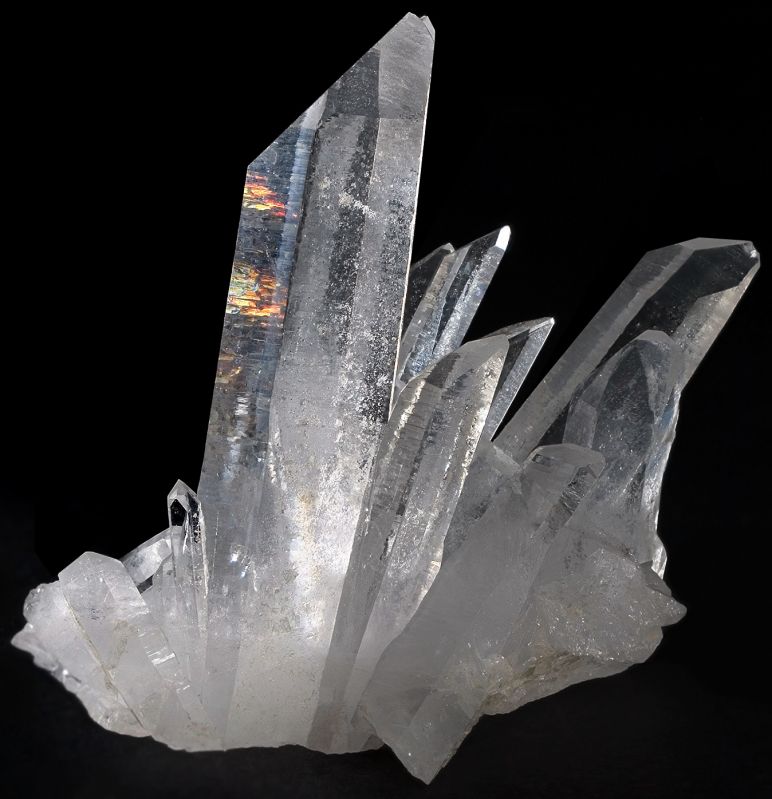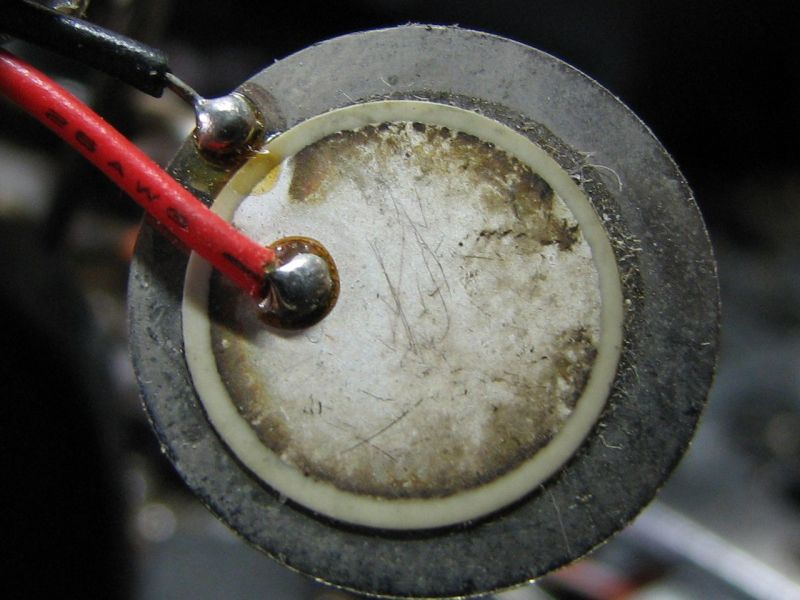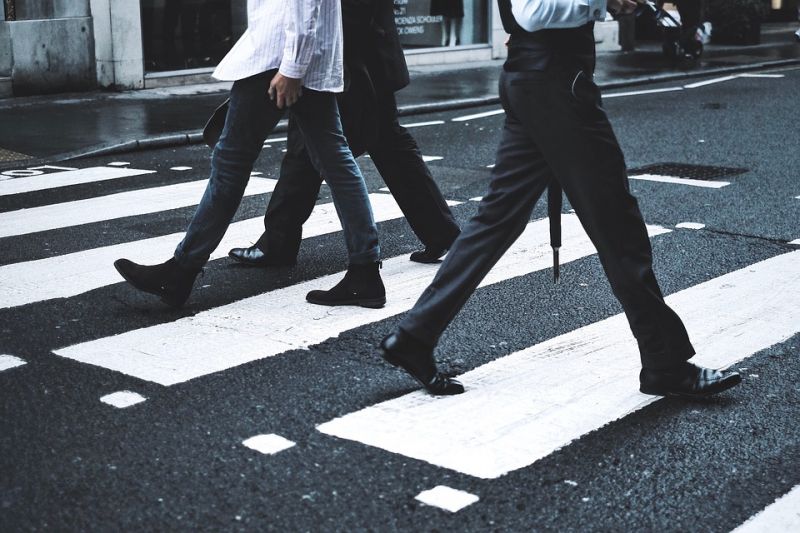Energy from Rain with Piezoelectricity
Published on by Marina A, Previously Key Account and Content Manager at AquaSPE AG in Academic
Imagine we could harvest energy from pouring rain. Or waves hitting the cliffs. We actually can - piezoelectricity can be used to harvest energy from raindrops, tidal energy or ocean waves.
 Piezoelectric effect is the internal generation of charge due to applied mechanical force on the piezoelectric material (direct piezoelectric effect) and vice versa, generation of mechanical strain in the material due to the applied electrical field (reverse piezoelectric effect).
Piezoelectric effect is the internal generation of charge due to applied mechanical force on the piezoelectric material (direct piezoelectric effect) and vice versa, generation of mechanical strain in the material due to the applied electrical field (reverse piezoelectric effect).
To simplify it, piezoelectric effect means that certain materials will generate an electric charge when they are pressed or squeezed, i.e. when they are under mechanical stress. Likewise, the crystal malformation will occur if the external electric field is applied.
Applying mechanical stress to piezoelectric materials causes a shift of the positive and negative centres in the material which generates the external electric field. On the other hand, the electric field applied to the material will stretch or compress it.
The best-known naturally-occurring piezoelectric material is quartz. Man-made piezoelectric materials have better properties and the most used are barium titanate and lead zirconate titanate.
How can we use the piezoelectricity to generate the energy from nature and renewable resources?
Nowadays, renewable resources are the hot topic of research and considered to be the future of energy. We have already utilized some of the renewable resources, but the potential of a vast number of them is still unused or not used broadly enough.
As raindrops fall on the piezoelectric material, they create the mechanical force which then generates the electrical energy. The energy generated, of course, depends on raindrop impact and frequency of raindrops.
Simply put, the energy the drop has due to its motion (kinetic energy) transfers to the piezoelectric material and is converted into electrical energy.
 Sounds impossible? Test it out yourself!
Sounds impossible? Test it out yourself!
Find one of those greeting cards with music, disassemble it and take the piezoelectric crystal. Use the LED as the output, to make it obvious when the energy is created and – Voila! You have your own piezoelectric crystal which lights the LED when it is raining.
Admittedly, things are not as simple ass that. In order for this crystal to work, the drops need to have the certain kinetic energy (they need to fall down from a minimal height) and there needs to be a minimal interval between the drops.
Piezoelectric effect can be used to generate energy from water currents, tides and waves impact.
Energy source | Harvesting method |
Water current | Flow-induced vibrations |
Wave motion | Heaving and pitching bodies |
Bodies fixed to ocean bottom | |
Flexible membranes on ocean surface | |
Waves impact forces | Sloshing |
Table: Classification of piezoelectric ocean-energy harvesting methods
Table source: link.springer.com/article/10.1007/s40722-014-0008-9
 The water currents can be utilized to harvest energy due to the vibrations from the water current streams and the piezoelectric effect.
The water currents can be utilized to harvest energy due to the vibrations from the water current streams and the piezoelectric effect.
Wave-energy extraction is achieved by using heaving and pitching bodies. However, the obstacle is the difference between the ranges of natural frequencies of the piezoelectric materials and those of waves.
Large forces from wave impact create great pressures which, applied to the piezoelectric elements, could create energy generation.
You can find out more about the research and devices used to generate energy from different types of water motion of the ocean in Piezoelectric devices for ocean energy: a brief survey. These devices have, however, not yet reached the level of commercial use where they can generate enough energy and transport it inland.
Other ways in which the piezoelectric crystal can be used to generate energy is to ‘collect’ the energy from pedestrians walking and traffic-induced vibrations.
 The piezoelectric materials can be installed as pavements and walking, running on them would create the electrical energy. Such energy-tiles have been installed in Paris and created 4.7 kW/h during the 37th Paris marathon. This energy can power a laptop for 2 days. This energy can be stored or fed directly to low-voltage equipment such as street lights.
The piezoelectric materials can be installed as pavements and walking, running on them would create the electrical energy. Such energy-tiles have been installed in Paris and created 4.7 kW/h during the 37th Paris marathon. This energy can power a laptop for 2 days. This energy can be stored or fed directly to low-voltage equipment such as street lights.
Using piezoelectric materials to harvest ocean energy is not a new concept. The idea was born back in the 1970s but we are still a long way from creating sufficient energy amounts to consider it a viable energy source.
Sources:
- https://link.springer.com/article/10.1007/s40722-014-0008-9
- http://www.techno-press.org/samplejournal/pdf/csm0201003.pdf
- https://www.researchgate.net/publication/261300885_Harvesting_rainfall_energy_by_means_of_piezoelectric_transducer
- http://citeseerx.ist.psu.edu/viewdoc/download?doi=10.1.1.656.4633&rep=rep1&type=pdf
- https://rimstar.org/sdenergy/piezoelectricity_from_water_rain.htm
Media
Taxonomy
- Energy
- Energy Efficiency
- Energy
- Renewable Energy
- Wave & Tidal Energy
- Wave Energy
- Renewable Energy
- Wave & Tidal Energy